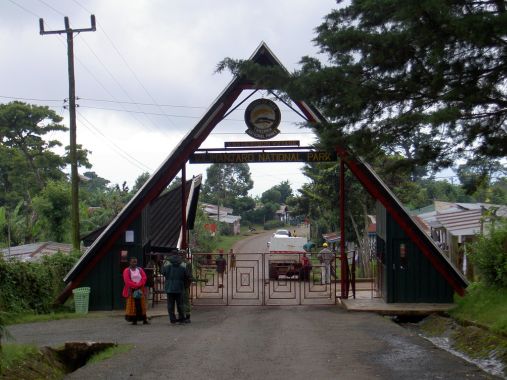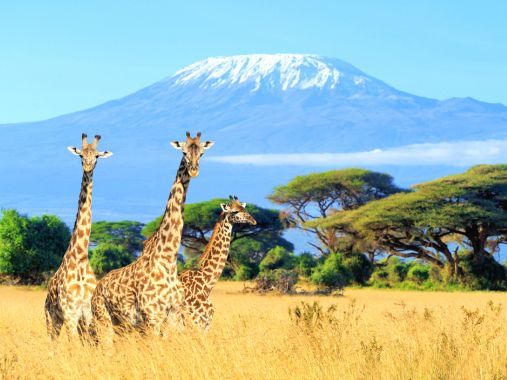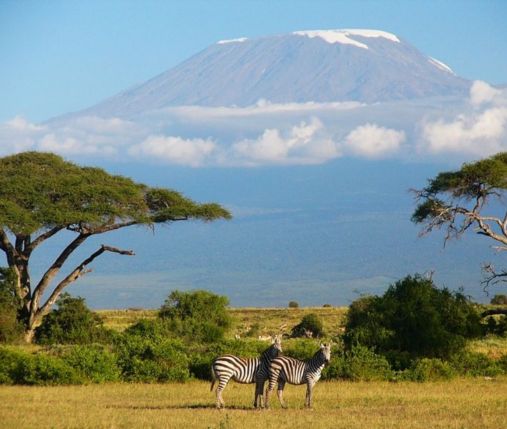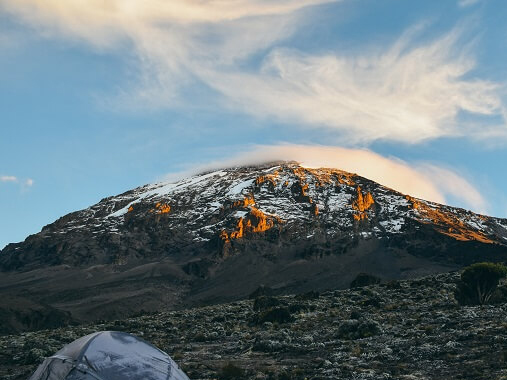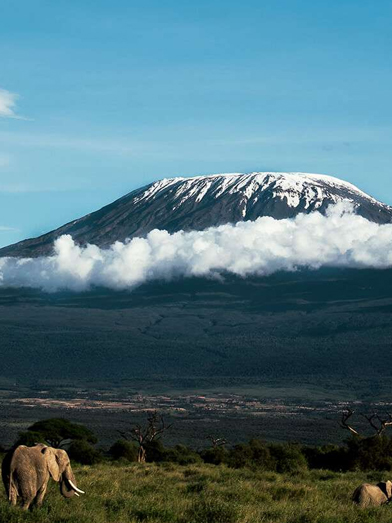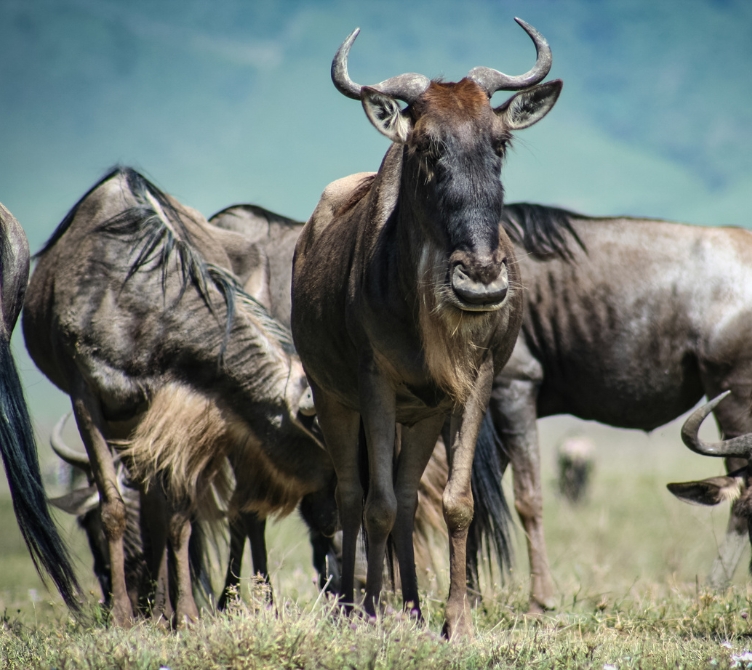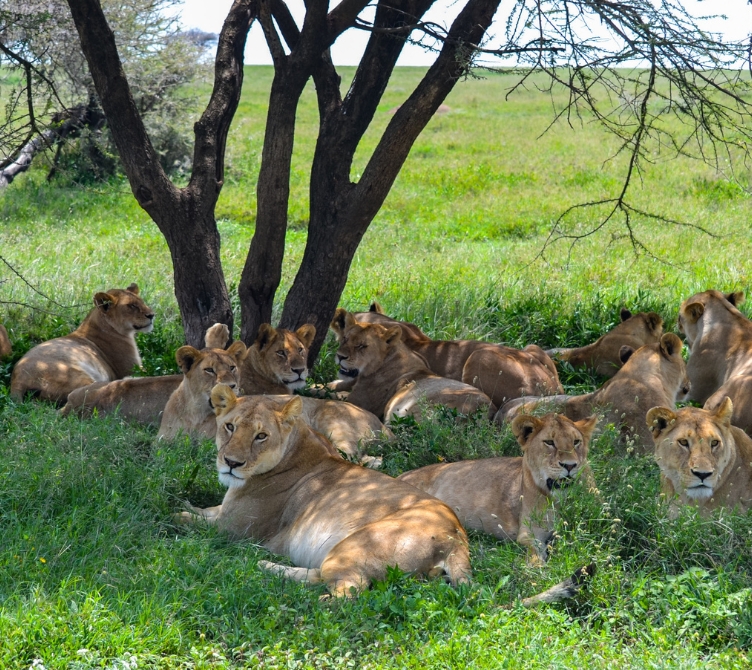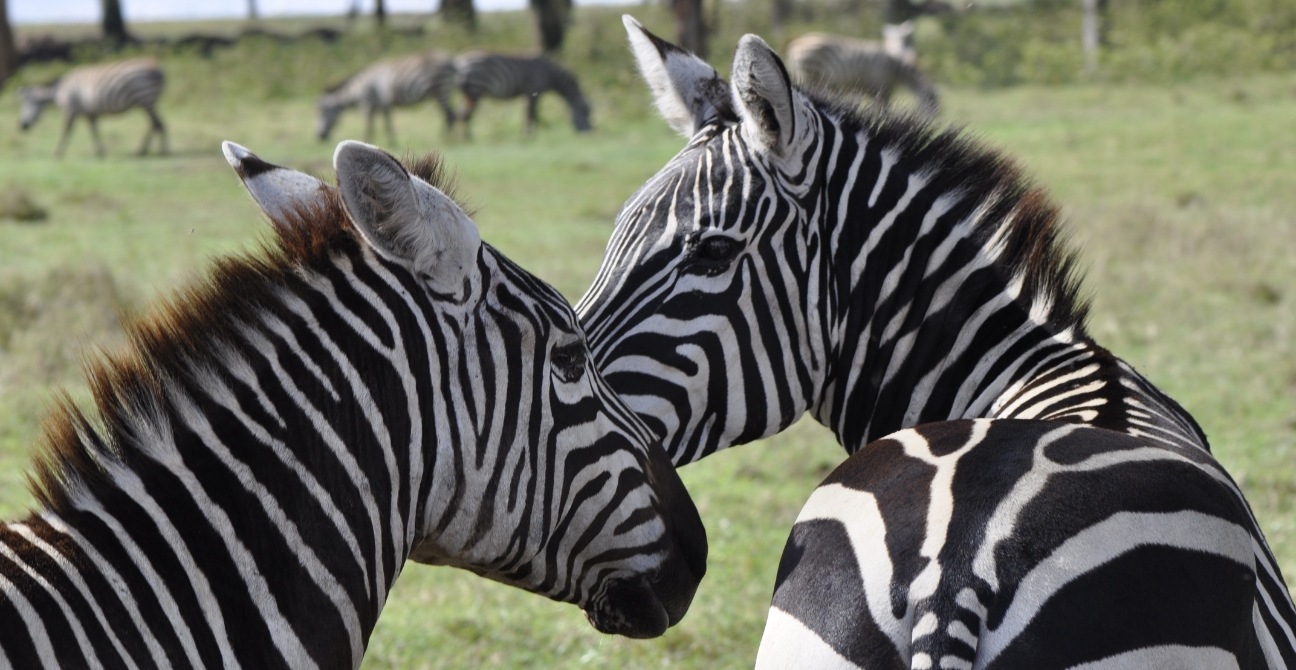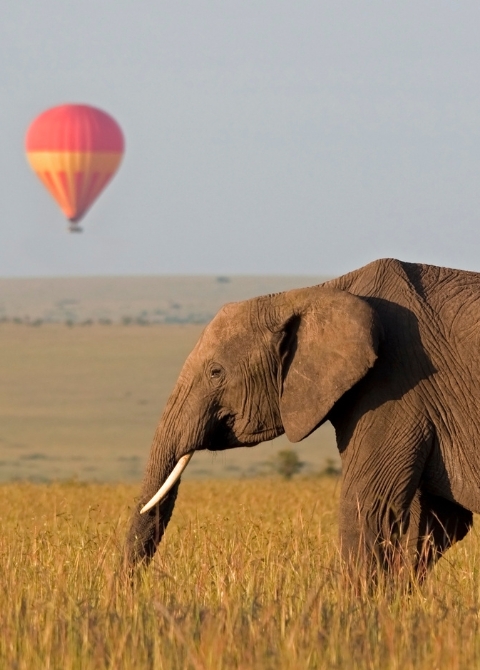Welcome To Kilimanjaro National Park
Customize Your Trip
To start planning your tour with us, you can create an itinerary from scratch, or modify one of our suggested itineraries. Want to visit a beautiful destination, or start an adventure to reach the top? We will make it happen.
Related Packages
Experience The Beauty Of Tanzania And Create Unforgettable Memories With Our Safaris.Testimonials
What Client Say About Us?My dear Venance, I haven't really finished unpacking my bags yet, but I already want to tell you that we all had a great pleasure spending these holidays in Tanzania, that the organization of the trip was excellent and that we loved it. our two guides who were really fantastic
Francois
North ParkMagnificent trip beyond what I had imagined! Fred was on top, we had a hard time leaving him. A big thank you for arranging our stay.
Christopher
North ParkHello Venance, We are back from the Kili and the safari. Everything went great! Thank you, for your idea of Lake Natron, it was really great these 2 days. Obviously the Kilimanjaro, incomparable compared to the safari. We did well to do it first, and we all got there.
